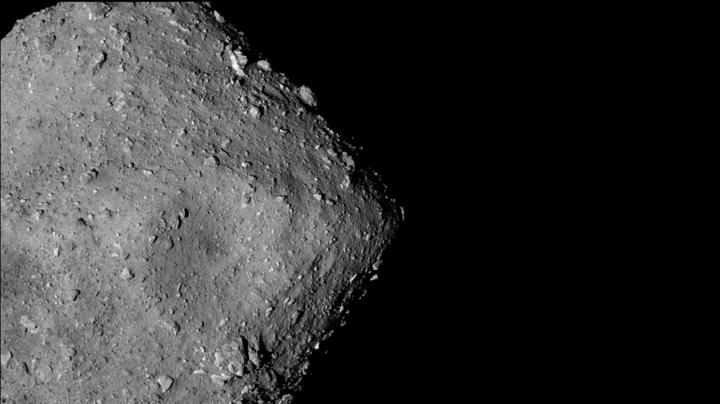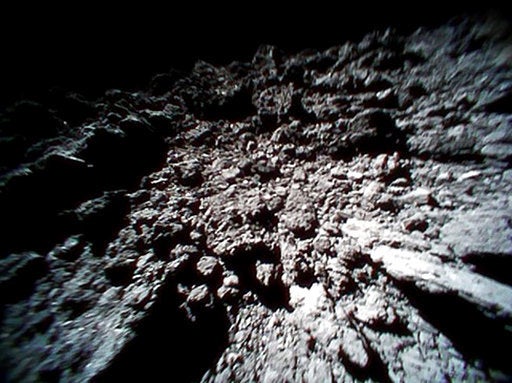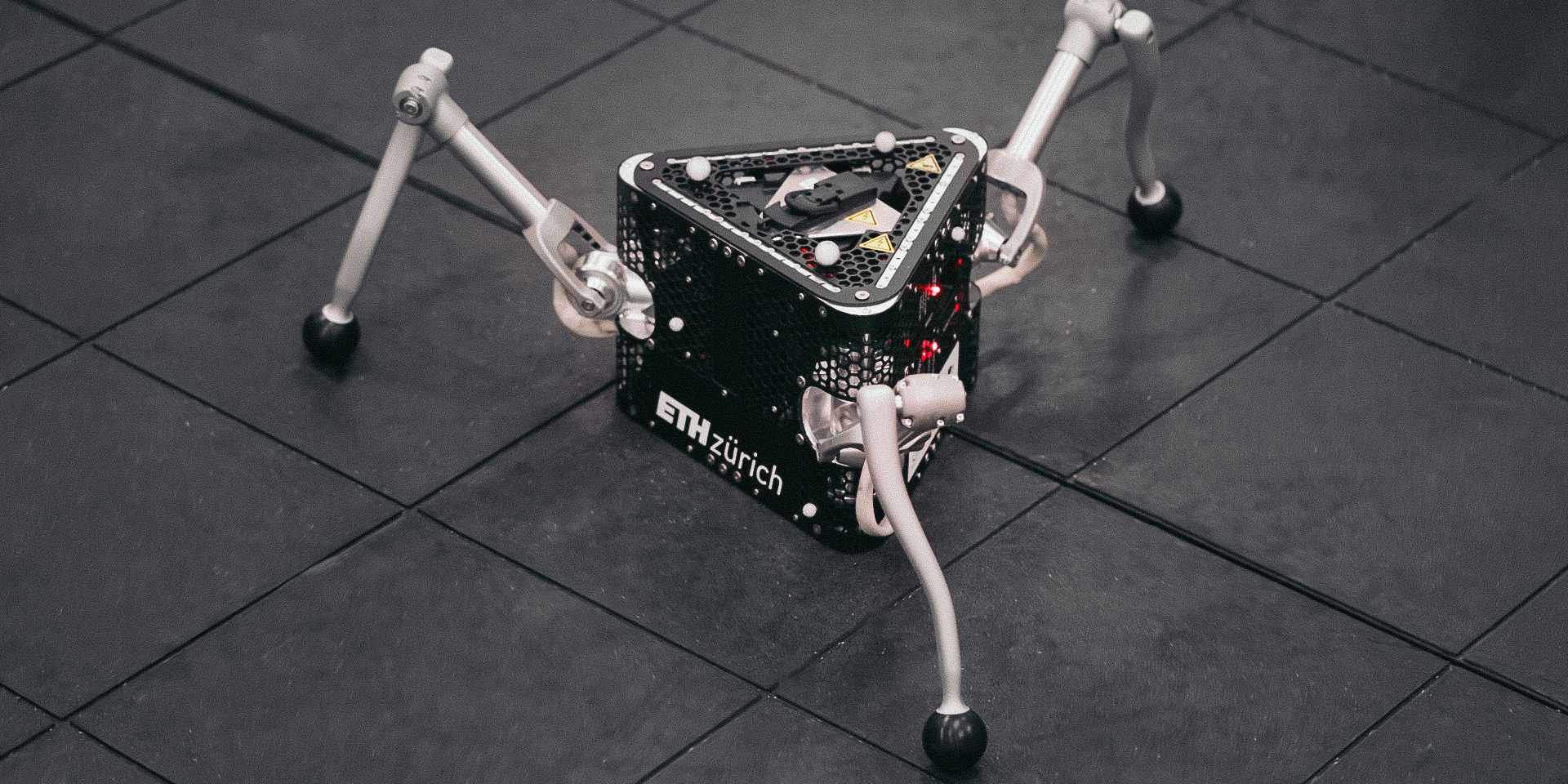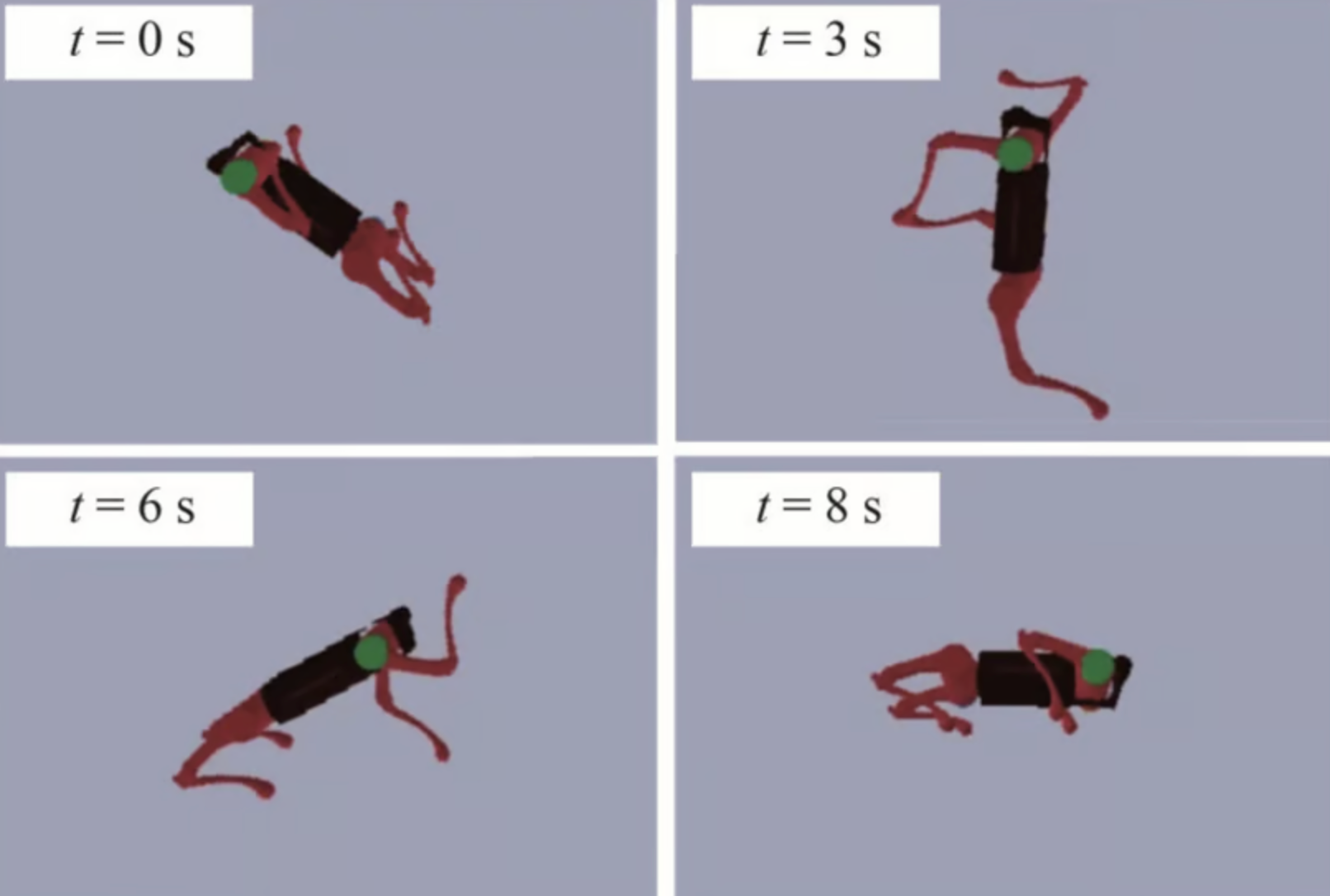Your support helps us to tell the story
From reproductive rights to climate change to Big Tech, The Independent is on the ground when the story is developing. Whether it’s investigating the financials of Elon Musk’s pro-Trump PAC or producing our latest documentary, ‘The A Word’, which shines a light on the American women fighting for reproductive rights, we know how important it is to parse out the facts from the messaging.
At such a critical moment in US history, we need reporters on the ground. Your donation allows us to keep sending journalists to speak to both sides of the story.
The Independent is trusted by Americans across the entire political spectrum. And unlike many other quality news outlets, we choose not to lock Americans out of our reporting and analysis with paywalls. We believe quality journalism should be available to everyone, paid for by those who can afford it.
Your support makes all the difference.
Chinese scientists have built a cat-inspired robot designed to adjust its posture and stick its landing even in low-gravity environments, an advance that could revolutionise the exploration of asteroids.
Researchers from the Harbin Institute of Technology in northeast China developed a special control system for the quadruped robot inspired by the ability of cats to twist and successfully land on their paws whenever they fall.
The robot is capable of moving its four legs in a coordinated manner and can adjust its posture mid-air to stick landings, according to the study, published last month in the Journal of Astronautics.
Scientists checked whether the robot and its newly developed control system could potentially manoeuvre in low-gravity celestial environments like asteroids.

In such space environments, researchers say even small imbalances and slight miscoordination between the legs of such a robot can cause it to tumble and crash.
“In the low-gravity environment of these [small celestial] bodies, robots undergo extended periods of free fall during each jump,” scientists wrote.
“It is essential to utilise this time to correct any altitude deviations induced by the jump, ensuring a safe landing or adjusting the yaw angle to modify their future trajectory,” they said.

In 2018, Japan made history by landing two cookie jar-sized jumping rovers onto the rocky asteroid Ryugu about 280 million km (170 million miles) away from Earth.
The short-lived robots used the low gravity conditions on Ryugu to hop across the asteroid’s surface for a day to beam back pictures to Earth.
Since the mission’s success, scientists and space agencies have been building new types of robots to explore asteroids and moons.
The extremely weak gravity and rocky terrains of such small celestial bodies are not conducive for wheeled rovers.

So researchers are building hopping robots to explore and prospect asteroids for valuable minerals like platinum and other rare metals.
For instance, earlier this year researchers at ETH Zurich unveiled a three-legged jumping robot called SpaceHopper to navigate low-gravity environments like asteroids and moons.
“These are thought to contain valuable mineral resources that could be of use to humankind in the future. The exploration of these bodies could also give us insights into our universe’s formation,” researchers wrote.
In the latest study, researchers trained the cat-inspired robot for several hours in a virtual simulation.

It learned to adjust its movements for a stable landing in about seven hours, scientists say, according to SCMP.
Further experiments in a microgravity simulation platform confirmed the effectiveness of the new AI learning system, they say.
“A microgravity simulation test platform for quadrupedal robots employing air suspension technology has been designed and constructed, validating the effectiveness of this control strategy through prototype experiments,” researchers wrote.

